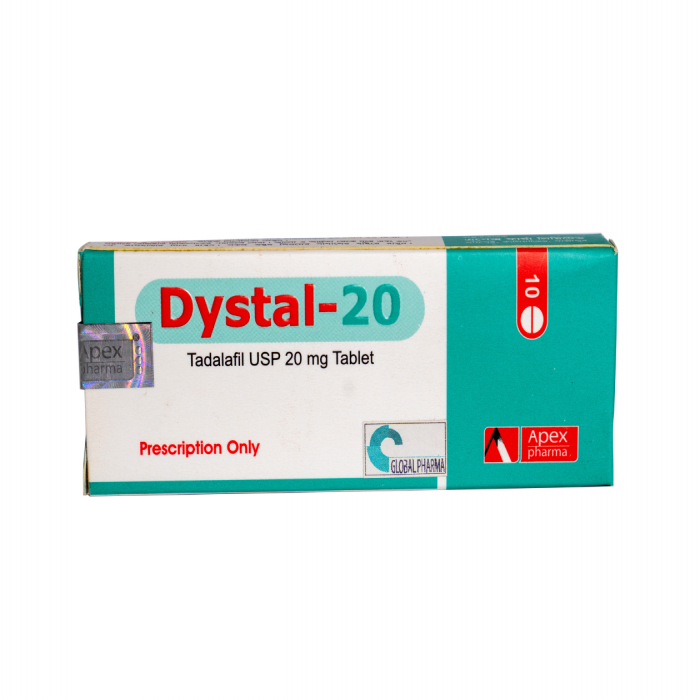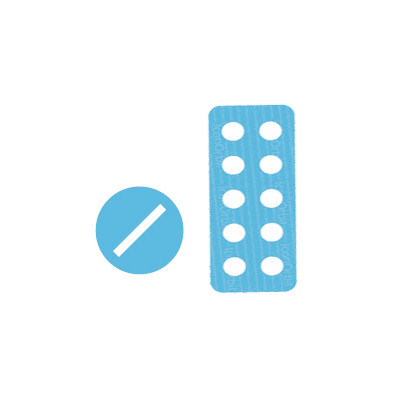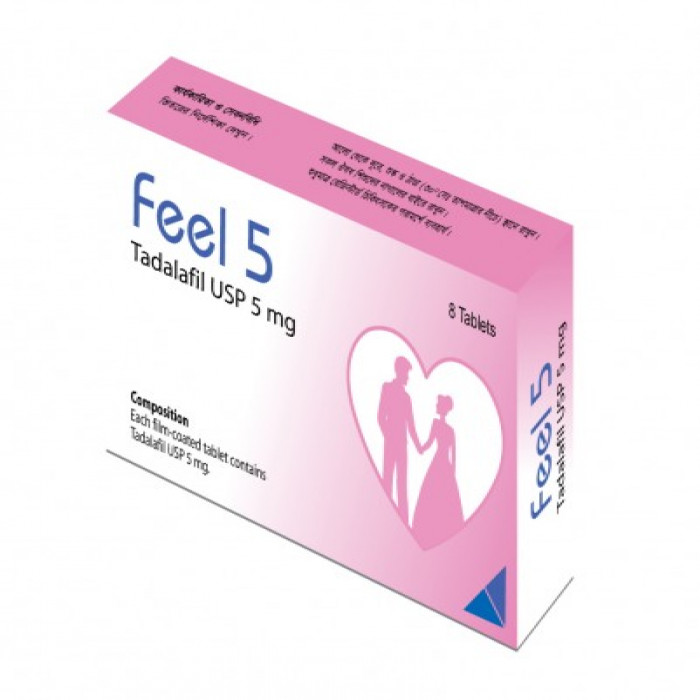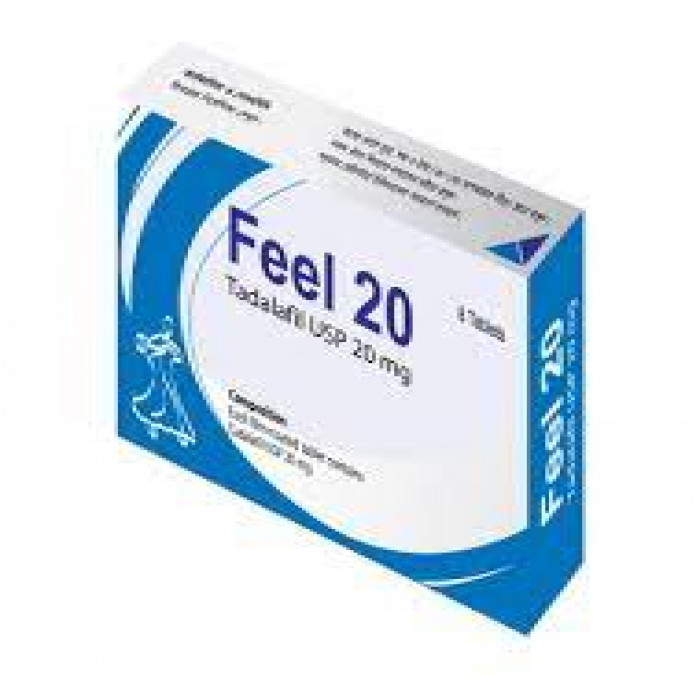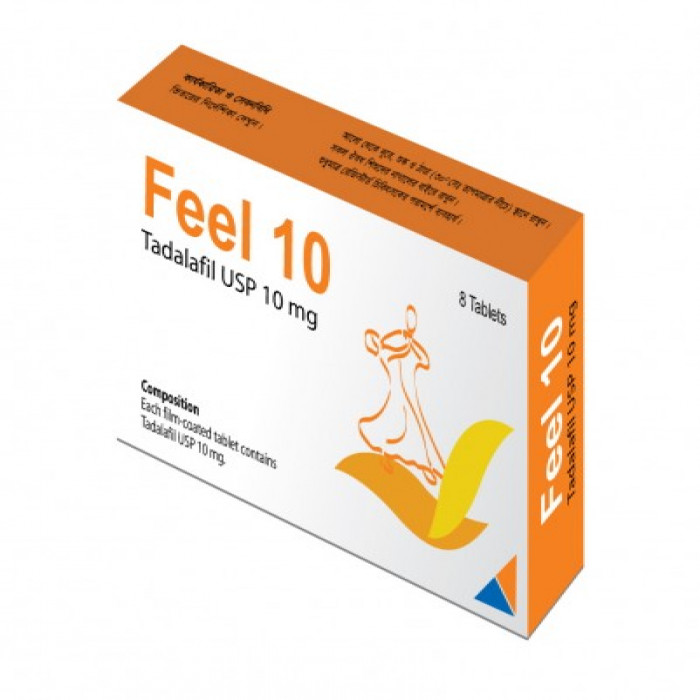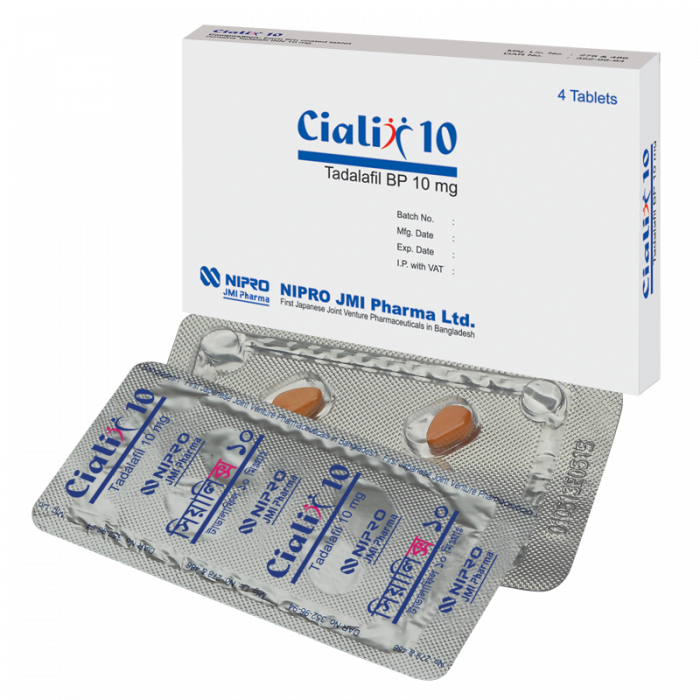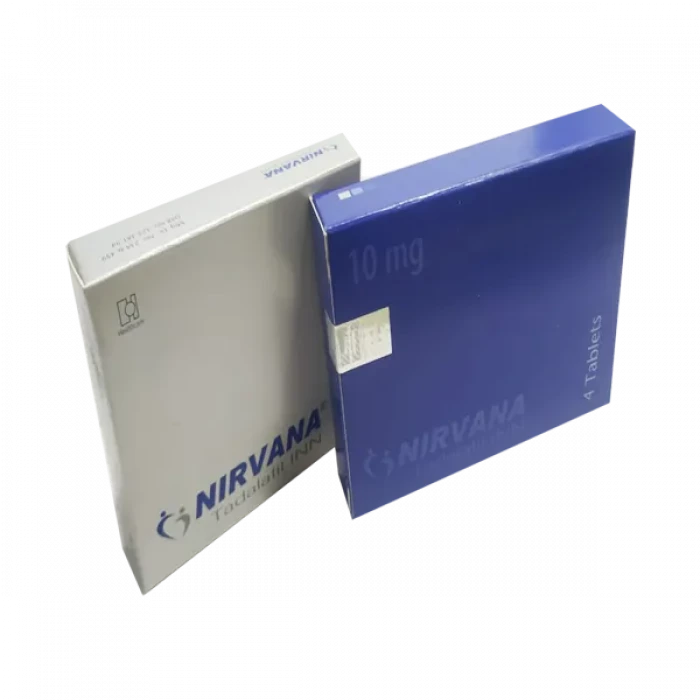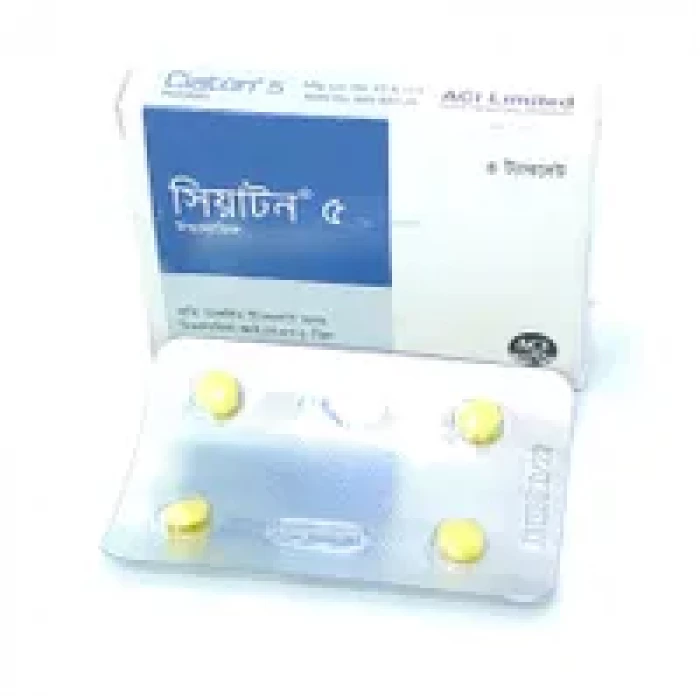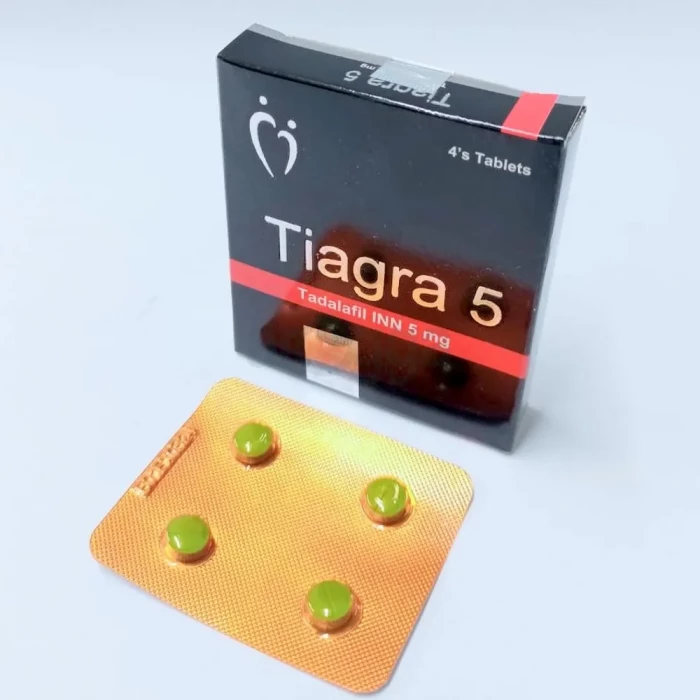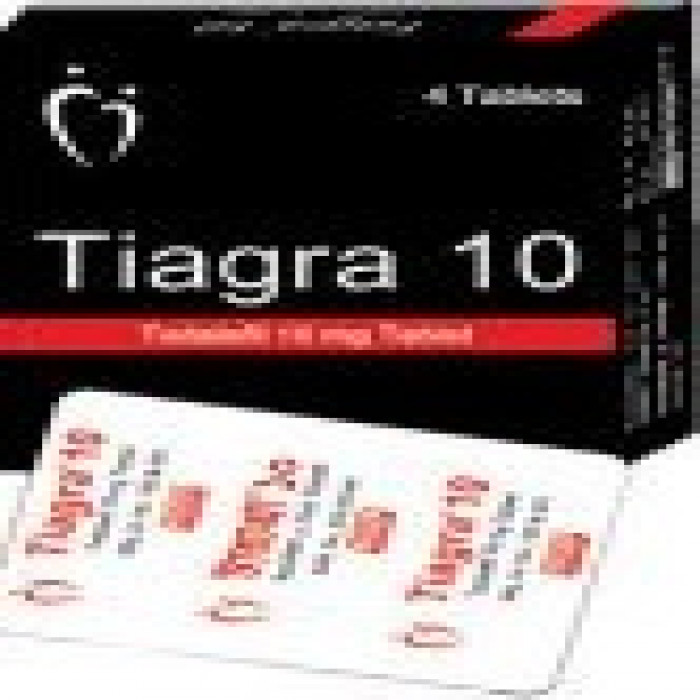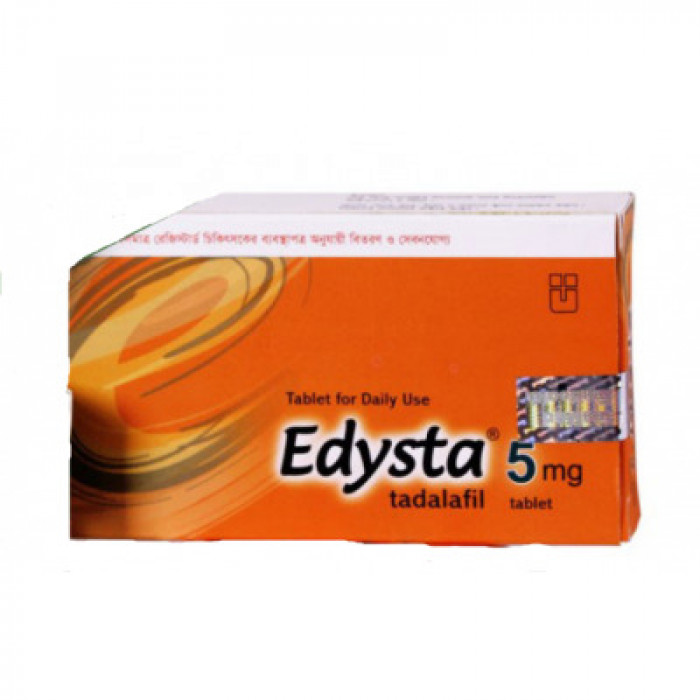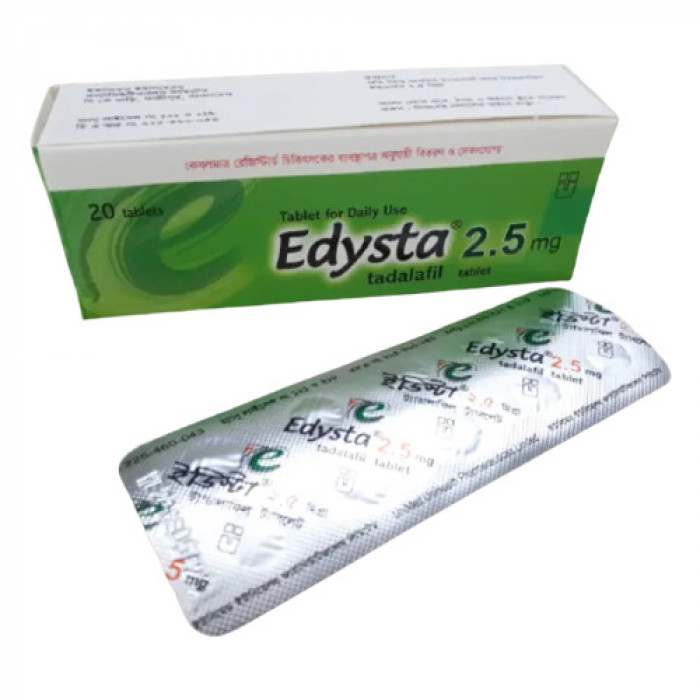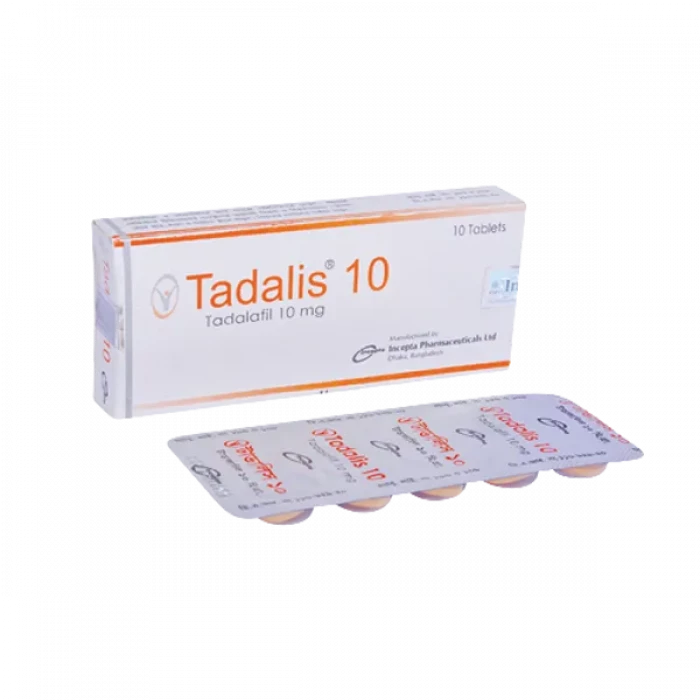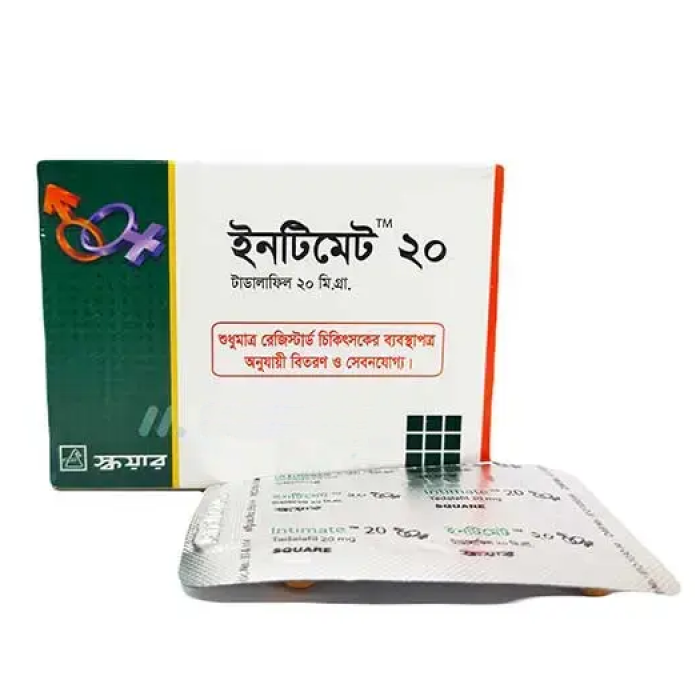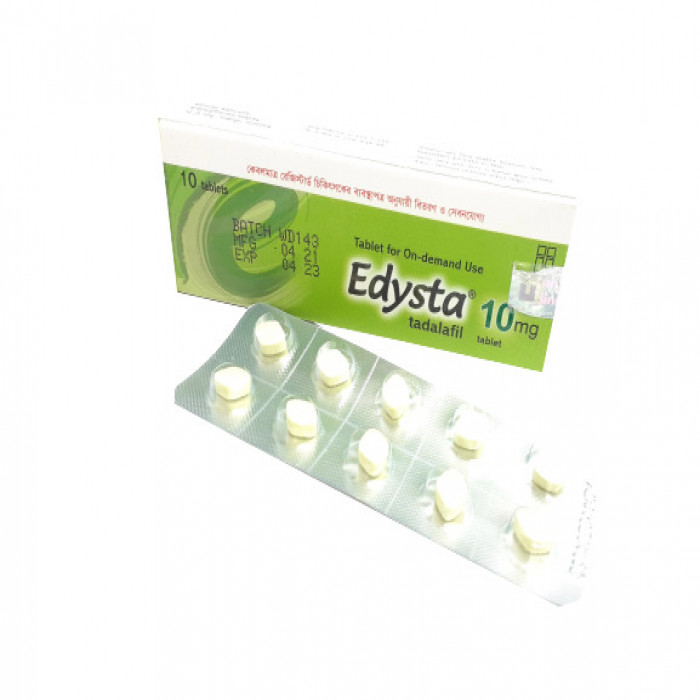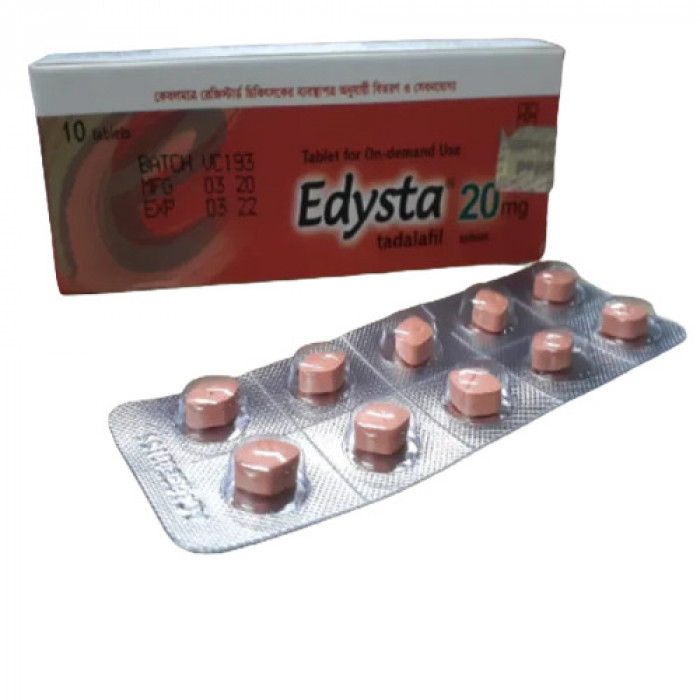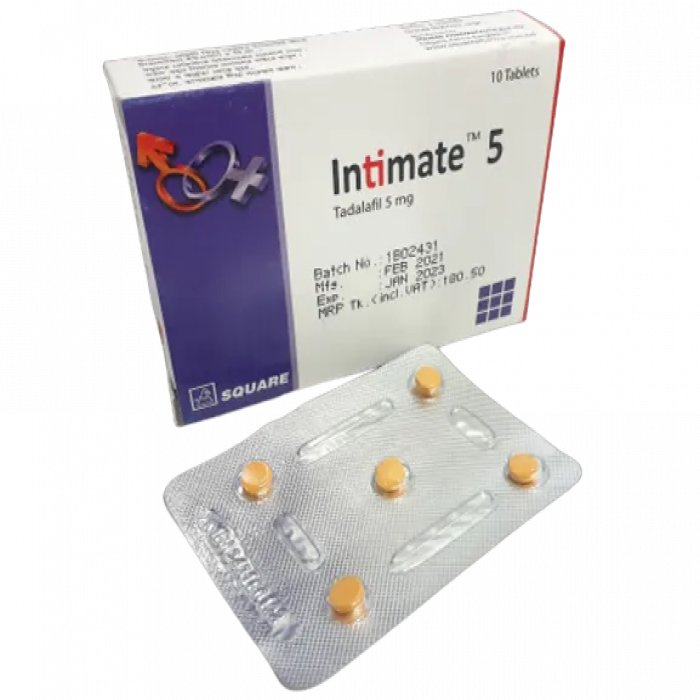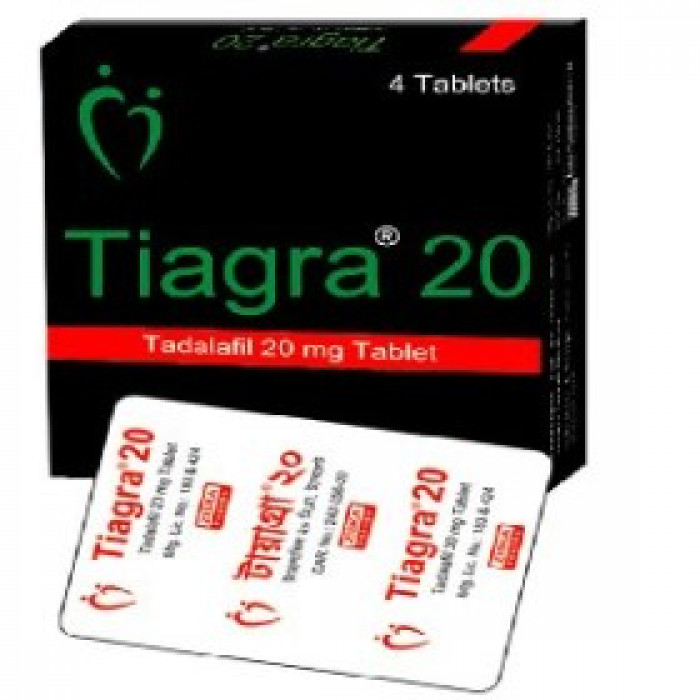
✔ 100% Authentic Product
👁️ Currently Viewing 3119
- Tiagra 20mg Tablet is categorized within the group of medications known as phosphodiesterase type 5 (PDE5) inhibitors.
- It is primarily prescribed for the treatment of erectile dysfunction, commonly referred to as impotence, and benign prostatic hyperplasia (BPH), which involves the non-cancerous enlargement of the prostate gland.
- On occasion, Tiagra 20mg Tablet may also be utilized to address pulmonary arterial hypertension (high blood pressure in the lungs).
Discount
Price: ৳ 190
MRP:
৳
200
5%
Off

100% Genuine Products, Guaranteed

Safe & Secure Payments, Always

Fast, Secure & Efficient Delivery

Proper Packaging
 Cash on Delivery - All over Bangladesh
Cash on Delivery - All over Bangladesh Regular Delivery - 12-24 Hours, Dhaka City* Charge Tk.39-59
Regular Delivery - 12-24 Hours, Dhaka City* Charge Tk.39-59 Regular Delivery - 24-48 Hours, Other Cities* Charge Tk.99-110
Regular Delivery - 24-48 Hours, Other Cities* Charge Tk.99-110
 ফ্রি ডেলিভারিঃ - ৯৯৯ টাকা+ অর্ডারে, ঢাকা
শহরে
ফ্রি ডেলিভারিঃ - ৯৯৯ টাকা+ অর্ডারে, ঢাকা
শহরে ফ্রি ডেলিভারিঃ - ২৯৯৯ টাকা+ অর্ডারে, ঢাকার
বাহিরে
ফ্রি ডেলিভারিঃ - ২৯৯৯ টাকা+ অর্ডারে, ঢাকার
বাহিরে
100% Genuine Products, Guaranteed
Safe & Secure Payments, Always
Fast, Secure & Efficient Delivery
Proper Packaging
 Cash on Delivery - All over Bangladesh
Cash on Delivery - All over Bangladesh Regular Delivery - 12-24 Hours, Dhaka City* Charge Tk.39-59
Regular Delivery - 12-24 Hours, Dhaka City* Charge Tk.39-59 Regular Delivery - 24-48 Hours, Other Cities* Charge Tk.99-110
Regular Delivery - 24-48 Hours, Other Cities* Charge Tk.99-110 ফ্রি ডেলিভারিঃ - ৯৯৯ টাকা+ অর্ডারে, ঢাকা
শহরে
ফ্রি ডেলিভারিঃ - ৯৯৯ টাকা+ অর্ডারে, ঢাকা
শহরে ফ্রি ডেলিভারিঃ - ২৯৯৯ টাকা+ অর্ডারে, ঢাকার
বাহিরে
ফ্রি ডেলিভারিঃ - ২৯৯৯ টাকা+ অর্ডারে, ঢাকার
বাহিরে
✅ Description:
Tadalafil is a medication used to treat erectile dysfunction (ED) in men and pulmonary arterial hypertension (PAH). Here is some important information about its use:
It helps increase blood flow to the penis, aiding in the achievement and maintenance of an erection during sexual stimulation. For PAH, it relaxes blood vessels in the lungs, reducing blood pressure.
You can take Tiagra 20mg Tablet with or without food. For ED, take it about one hour before sexual activity, and it should be taken only when needed and as prescribed by your doctor.
The onset of action varies from person to person, usually taking between 30 minutes and one hour. It works effectively when there is sexual stimulation.
Do not take Tiagra 20mg Tablet with nitrates (often prescribed for chest pain). Avoid it if you have severe heart or liver problems, a recent heart attack or stroke, or low blood pressure. Inform your doctor about any health conditions you have.
Safety Advices
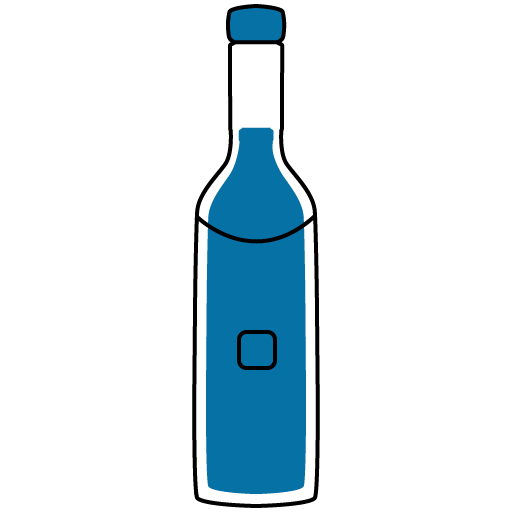
Alcohol
UNSAFE
It is considered unsafe to consume alcohol while taking Tiagra 20mg Tablets. Alcohol may enhance the side effects of the medication.

Pregnancy
UNSAFE
There's no good evidence that Tadalafil works for women with sexual problems.
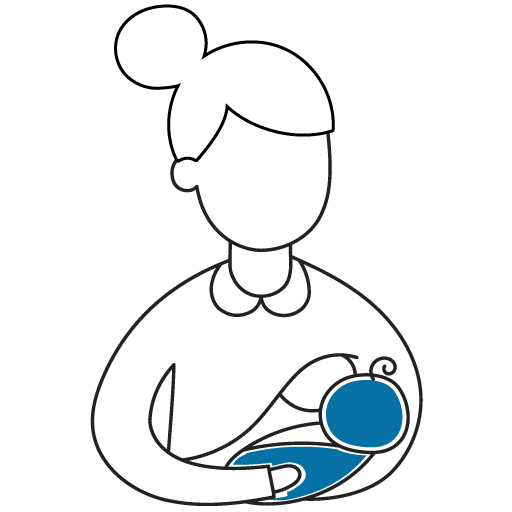
Breastfeeding
UNSAFE
There's no good evidence that tadalafil works for women with sexual problems.

Driving
CAUTION
Tiagra 20mg Tablet may cause dizziness, affect vision, or make you feel sleepy and dizzy. It is not safe to drive if you experience these symptoms.
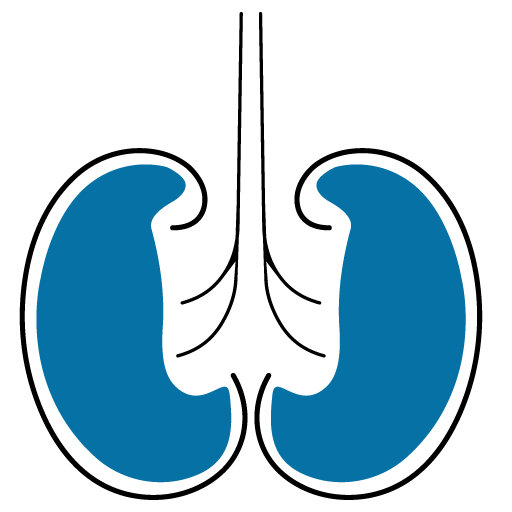
Kidney
CONSULT YOUR DOCTOR
Caution should be exercised when using Tiagra 20mg Tablet in patients with kidney disease. Dose adjustment may be necessary. Please consult your doctor if you have kidney issues.

Liver
CONSULT YOUR DOCTOR
Tiagra 20mg Tablet should be used cautiously in patients with liver disease. Dose adjustment may be required. However, the use of Tiagra 20mg Tablet is not recommended in patients with severe liver disease.
✔️ Uses of Tiagra 20mg Tablet
- Treatment of Erectile Dysfunction
- Treatment of Pulmonary Arterial Hypertension (PAH)
- Treatment of Benign Prostatic Hyperplasia (BPH)
✔️ How does Tiagra 20mg Tablet work?
It helps reduce symptoms of an enlarged prostate gland, such as difficulty peeing or needing to pee urgently, by relaxing the muscles in the prostate and bladder.
It helps pulmonary hypertension by relaxing blood vessels in the chest. This increases blood supply to the lungs and reduces the workload of the heart.
✔️ Side Effects of Tiagra 20mg Tablet
Side effects may include flushing, headache, blurred vision, muscle pain, stomach upset, nausea, back pain, and respiratory tract infection. If side effects are bothersome or persistent, consult your doctor.
✔️ Quick Suggestions:
- It usually takes 30 to 60 minutes for tadalafil to work for erectile dysfunction. You can take it at least 30 minutes before you want to have sex.
- Taking tadalafil alone is not enough to cause an erection. You need to be sexually aroused for it to work.
- The most common side effects are headaches, feeling sick, indigestion, and facial flushes.
- It can be dangerous to take tadalafil if you also take medicines called nitrates (often prescribed for chest pain). This combination can cause dangerously low blood pressure. If you're not sure if you're taking nitrate, ask your doctor or pharmacist.
- Do not drink grapefruit juice if you're taking tadalafil for pulmonary hypertension. It affects the way the medicine works.
✔️ Indications:
Tadalafil is used for Erectile Dysfunction.
✔️ Pharmacology
Tadalafil is a PDE5 inhibitor, which means it specifically blocks phosphodiesterase type 5 (PDE5). When PDE5 is inhibited, it leads to an increase in cyclic guanosine monophosphate (cGMP) levels within smooth muscle cells. This elevation of cGMP results in the relaxation of smooth muscles, ultimately leading to improved blood flow into the corpus cavernosum of the penis, thereby facilitating an erection.
Notably, PDE5 is also present in the smooth muscles of the prostate and bladder wall. By inhibiting PDE5, cGMP levels are boosted, causing relaxation of these smooth muscles. This relaxation can enhance blood flow within the urinary system and widen the opening of the bladder neck, potentially improving the process of voiding or urination.
✔️ Dosage & Administration of Tiagra 20mg Tablet
Here is the information about the dosages of tadalafil for various conditions:
Dose for Erectile Dysfunction:
- The usual dose of tadalafil for erectile dysfunction is 10mg when needed.
- Do not take more than one tablet a day.
- Your doctor may adjust your dose based on how well it works and how often you take it.
- The effects of tadalafil may last longer than 24 hours, so it's not recommended to take the 10mg or 20mg tablets daily.
- For the tablet to be effective, you need to be sexually aroused.
Dose for Benign Prostate Enlargement (BPH):
- Tadalafil for an enlarged prostate comes in 2.5mg or 5mg tablets.
- The usual dose is 5mg, taken once a day.
- If you're being treated for both BPH and erectile dysfunction, the dose is 5mg.
Dose for Pulmonary Hypertension:
- Tadalafil for pulmonary hypertension is available in 20mg tablets.
- The usual dose is 40mg, which means taking two 20mg tablets once a day.
- If you have kidney or liver problems, your doctor might start you on a lower dose of 10mg or 20mg.
Always follow your doctor's instructions regarding the dose and how to take tadalafil, and do not hesitate to consult with your healthcare provider if you have any questions or concerns about your medication.
✔️ How to Take It:
- Swallow your tablets whole with water or juice (avoid grapefruit juice).
- For erectile dysfunction, take 1 tablet at least 30 minutes before sexual activity.
- If you're taking tadalafil for prostate enlargement, you can take your tablet in the morning or evening, but it's best to take it at the same time each day.
- Tadalafil tablets for pulmonary hypertension are larger and may be challenging to swallow.
✔️ If You Forget to Take It:
- If you have benign prostate enlargement, take it as soon as you remember and continue as usual.
- For pulmonary hypertension, take it within 8 hours if possible. If you remember after 8 hours, skip the missed dose and take the next one at the usual time.
- Never take two doses at the same time or an extra dose to make up for a missed one.
✔️ If You Take Too Much:
- Taking too much tadalafil can lead to side effects such as headache, dizziness, indigestion, stuffy nose, and changes in vision (e.g., blurred vision).
✔️ Interaction
Tadalafil can potentiate the hypotensive effects of nitrates, alpha-blockers, antihypertensives, or alcohol. CYP3A4 inhibitors (e.g. ketoconazole, ritonavir) increase Tadalafil exposure. For concomitant use with potent CYP3A4 inhibitors, dose adjustment may be needed. CYP3A4 inducers (e.g. rifampin) decrease Tadalafil exposure.
✔️ Contraindications
Administration of Tadalafil to patients who are using any form of organic nitrate, either regularly and/or intermittently, is contraindicated. In clinical pharmacology studies, Tadalafil was shown to potentiate the hypotensive effect of nitrates.
✔️ Tadalafil and Pregnancy:
- Tadalafil is not commonly prescribed during pregnancy, but it may be considered if you have pulmonary hypertension, which is a serious condition.
- Women with pulmonary hypertension are advised to use reliable contraception methods and consult their doctors before attempting to conceive.
- If pregnancy occurs while taking tadalafil for pulmonary hypertension, it is typically recommended to continue the medication because the risks associated with pulmonary hypertension can be life-threatening without treatment.
- Pregnant individuals taking tadalafil need specialized care and should be monitored in a pregnancy and heart clinic as they are considered high-risk pregnancies.
✔️ Tadalafil and Breastfeeding:
- Tadalafil is not typically prescribed to breastfeeding individuals unless a specialist recommends it.
- If you are breastfeeding and have pulmonary hypertension, you should consult with a healthcare professional for guidance on the appropriate treatment options and potential risks.
✔️ Precautions & Warnings
Tadalafil should not be used together with nitrate medication, such as nitroglycerin (Nitro Dur, Nitrolingual, Nitrostat, Transderm Nitro, and others), isosorbide dinitrate (Dilatrate, Isordil, Isochron), isosorbide mononitrate (Imdur, ISMO, Monoket), or recreational drugs such as amyl nitrate or nitrite ("poppers"). Taking Tadalafil with nitrate medicine for chest pain or heart problems can cause a sudden and serious decrease in blood pressure. severe impairment of pulmonary or renal function; moderate impairment of hepatic function; and toxic psychosis. Use not recommended in patients with a recent MI (within 90 days) or stroke (within 6 months); uncontrolled arrhythmias, hypotension (<90/50 mm Hg systolic/diastolic BP), or uncontrolled hypertension (170/110 mm Hg systolic/diastolic BP); heart failure (>NYHA class II) in the previous 6 months; or those with unstable angina or angina occurring during sexual intercourse. Possible hypotension, particularly in patients with left-ventricular outflow obstruction (e.g., aortic stenosis, idiopathic hypertrophic subaortic stenosis) and in patients with severely impaired autonomic control of blood pressure.
✔️ Storage Conditions
Store in a cool and dry place, protected from light. Keep out of reach of children
⚠️Disclaimer:
At ePharma, we’re committed to providing accurate and accessible health information. However, all content is intended for informational purposes only and should not replace medical advice from a qualified physician. Please consult your healthcare provider for personalized guidance. We aim to support, not substitute, the doctor-patient relationship.




